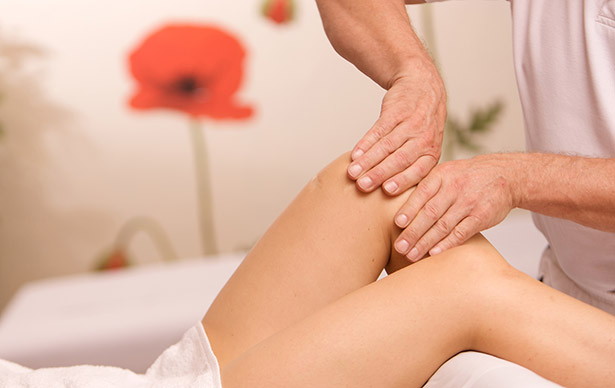Features of joint replacement: what to expect patient
Joint replacement is usually administered in case of severe joint damage. One of the frequent causes destruction of cartilage. First assigned to conservative treatment (baths, physiotherapy, medication). In case of ineffectiveness, the doctor decides on the replacement of the affected joint prosthesis. Total joint replacement is now considered completely safe operation. Modern dentures is repeat the human anatomy. The patient can be fitted with a prosthesis of metal or ceramic in combination with plastic, additional cement fixation.
Selection of either option depends on the patient's age and other factors. Modern dentures are quite long, more easy to wear out. In some cases after wear of the prosthesis to change it for a new one.
Recovery at home
The main problem of post-operative rehabilitation – preservation of the functions of the muscles that hold the joint. It is important to avoid overloads. The development of muscle should be gradual, slow increase of load intensity. First you need to learn the simple steps: dressing without help, cooking, minimal work around the house. These steps will help you to feel fully human.
It is important to avoid any possibilities of injury. From the apartment it is necessary to clean the rugs that slip easily. Plumbing equipment is desirable to provide handrails. The chairs and the toilet needs to be high, pre necessary, they will have to Supplement the special linings.
Therapists recommend the first three months to use crutches, then you can replace them with a cane. You can walk on soft ground, swimming, later allowed Cycling. For the fastest muscle recovery showing massage, but to start it not earlier than 3 months after surgery.
Proper nutrition after joint replacement
In the first days after surgery, the patient receives mostly liquid and viscous food: cereal, jelly. He then gradually the usual diet. Nutritionists recommend to add to your menu foods rich in iron: red meat, liver, raw and baked apples. Useful cheese, dairy products, cereals and whole wheat bread. Some experts advise to limit foods high in vitamin K: spinach, different varieties of cabbage, green beans, beans. Patients are advised to drink more, to include in the diet and homemade soups to give up coffee.
Therapists do not recommend overeating. The extra weight will cause extra stress on the joint, difficult to move and accelerate wear of the prosthesis. You must eat small portions 4-5 times a day, stop Smoking and alcohol, start taking balanced vitamin complexes.
Proceed to the gym therapists offer not earlier than 2 months after surgery. You must obtain permission from the doctor and an x-ray of the joint.
Additional measures: the possibility of Spa treatment
To speed up the recovery process be treated in a sanatorium. A very intensive program of rehabilitation was developed in the clinics of Israel and Germany. The experts especially recommend treatment outside of a hospital. The patient comes every day for treatments, but lives in the hotel. This program provides not only physical but also moral comfort, bringing the patient to the real active life.
The choice of treatments depends on the condition and age of the patient. Standard rehabilitation program may include several sessions of massage and heat therapy. Before leaving the sanatorium it is necessary to consult with experts and to consider contraindications. For example, useful for muscle recovery, and statutes of dirt can adversely act on the heart.
